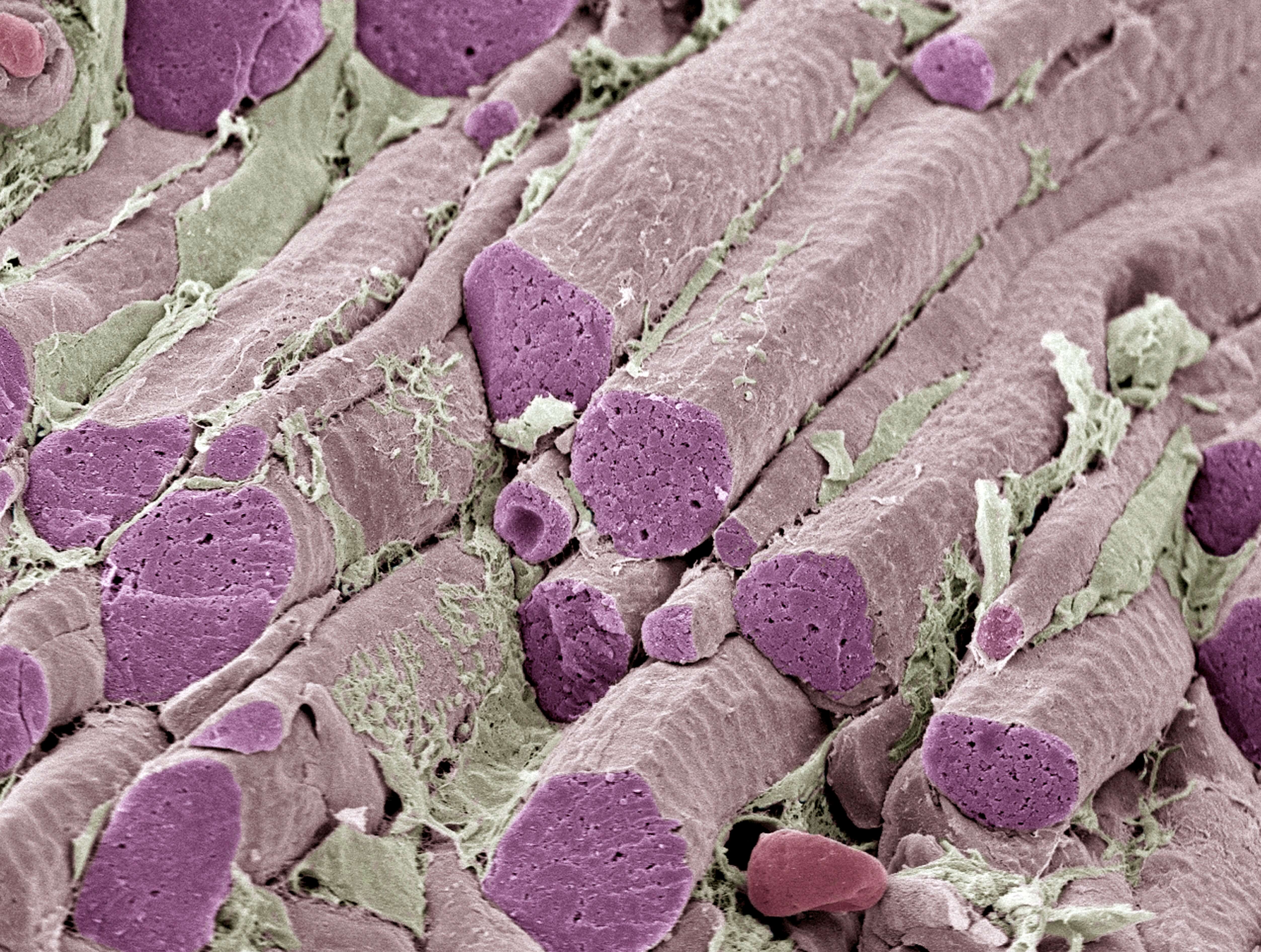Cachexia Insights: Helping Improve Quality of Life in Chronically Ill Patients

It’s an experience familiar to almost anyone with a family member or friend who has fought a terminal illness, such as cancer or heart failure. In the final stages of life, it can seem as though their loved one is wasting away. This dramatic loss of muscle and fat is caused by cachexia, a wasting disorder that afflicts patients in the late stage of nearly every chronic illness. It’s the immediate cause of death in nearly 20 to 40 percent of cancer patients.
“So many people can relate to someone they know who has been affected by the condition,” says Bei Zhang, Vice President, World Wide Research and Development based at Pfizer’s Cambridge, Mass. research site. “With no available medicine to treat it, we realize there’s a huge unmet medical need to help improve the quality of life for these patients.”
The clinical definition of cachexia includes the loss of 5 percent or more of body weight in 12 months, reduced muscle strength, fatigue, decreased appetite, and inflammatory biomarkers detected in blood tests.
A disease within a disease
For patients, its impact on daily life is far-reaching. As part of a panel that was convened to help Pfizer scientists better understand the condition, patients spoke about not being able pick up a fork to eat, leave the house, and lift their grandchildren. In addition, caregivers talked about how challenging it can be when their loved ones totally lose their appetite.
These real-life insights from people affected by cachexia are helping scientists determine how to address the disease most meaningfully. “We’re trying to figure out what clinical endpoints would be the most impactful to patients, so we can work toward therapeutics that hopefully will make a difference in their lives,” says Danna Breen, a Senior Principal Scientist, also based at Pfizer’s research site in Cambridge, Mass.
As scientists increasingly study cachexia as a distinct disorder, and not just symptoms of late-stage illness, they’re uncovering how it’s driven by inflammation and metabolic imbalances. But tackling the condition is complex because it involves multiple factors. “The biggest hurdle is that we’re talking about a disease within a disease,” says Breen. “What’s worked well for our team was having experts not only in oncology, but muscle biology and metabolism. And then within metabolism, we have experts on appetite regulation as well as inflammation,” she adds.
Targeting metabolic pathways
While cachexia occurs in a variety of illnesses from kidney failure to cancer, there is a unifying trait across conditions: the body has a spike in inflammatory cytokines that trigger muscle and fat wasting. These signals also travel to the brain, causing a loss of appetite. In cancer cachexia patients, multiple tumor types are associated with elevated cytokines that affect appetite regulation pathways.
Scientists are uncovering how certain cancer tumors, in their attempt at securing nutrients for survival, secrete proteins that trigger catabolism, a breakdown of skeletal muscle. These tumor signals also hijack metabolism to prevent the build-up of new tissue. Evidence suggests that certain chemotherapy treatments may also contribute to cachexia.
Extending quality of life
Scientists hope that developing a treatment for cachexia can have the added effect of helping patients be able to sustain cancer therapy longer. “We’re trying to restore normal metabolism in cancer cachexic patients so they can receive additional treatment and hopefully have increased chances of survival,” says Olivier Bezy, a Senior Principal Scientist based at Pfizer’s Cambridge, Mass. research site.
“There’s so much stress in families because being able to eat is such a sign of healthfulness and social connection,” he says. Moving forward, researchers are looking for ways to restore appetite in patients suffering from cachexia and to help them regain their strength. “If you can help maintain muscle mass in these patients, they’d be able to do something as simple as comb their own hair,” says Bezy. “And that’s not just extending life, but improving quality of life.”
